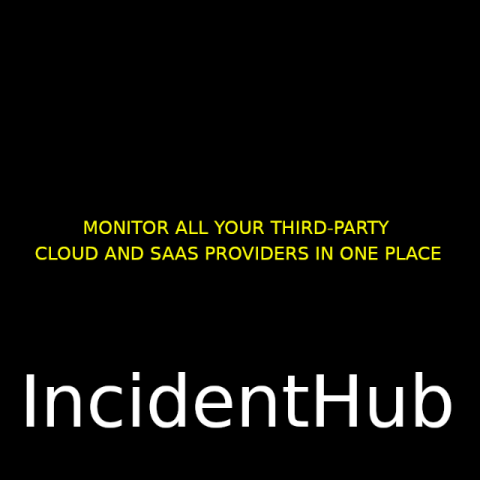Smooth Sailing: Operational Best Practices for Managers
Effective operations management is key to the success of any business. Managers who implement streamlined processes and best practices not only improve efficiency but also enhance the overall performance of their teams. Operational best practices are about finding the right balance between resource allocation, staff management, and customer satisfaction. In this article, we'll explore essential operational strategies that managers can use to ensure smooth daily operations and long-term success.











